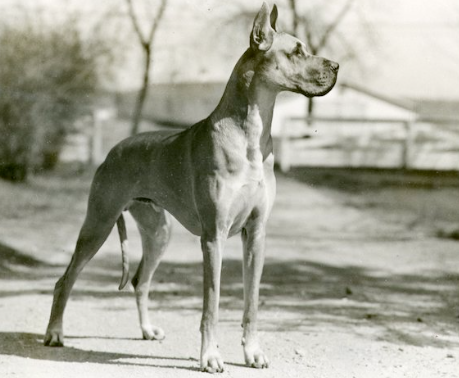Understanding the Original Great Dane
Great Danes are known for their immense size and gentle demeanor, making them one of the most beloved dog breeds worldwide. Their history and characteristics deserve exploration, as they combine elegance with an imposing presence. This article delves into the origins and unique traits of the Great Dane, offering insights into why this breed remains a popular choice for families and dog enthusiasts alike.
1. Historical Roots of the Great Dane
The origins of the Great Dane date back to ancient civilizations, where their ancestors were used as hunting dogs for large game like wild boar. They are believed to have descended from a mix of mastiffs and Irish Wolfhounds, leading to their impressive stature and strength. Developed primarily in Germany, these dogs were known as “German Mastiffs” before becoming popularly recognized as Great Danes in the 19th century. Their rich history reflects not only their physical capabilities but also their roles as companions and watchdogs, contributing to their esteemed reputation.
2. Physical Characteristics
Great Danes are renowned for their towering height and graceful appearance. Adult males typically stand between 30 to 34 inches at the shoulder, while females range from 28 to 32 inches. Despite their large size, they possess a sleek physique, which adds to their regal presence. Their coat comes in various colors, including fawn, brindle, and harlequin, appealing to a wide spectrum of dog lovers. With their long legs and elegant posture, Great Danes are often described as the “Apollo of dogs” due to their striking looks and poised demeanor.
3. Temperament and Care
Known for their friendly and gentle nature, Great Danes are often dubbed “gentle giants.” They typically get along well with children and other pets, making them excellent family dogs. Early socialization is crucial to help them develop a well-rounded personality. Training is also important, as their large size means they need to learn proper obedience for safety and harmony in the home. Regular exercise is essential; despite their size, they can be surprisingly agile and playful. Owners should also be aware of their potential health concerns, including hip dysplasia and bloat, requiring diligent veterinary care.
In conclusion, the Great Dane’s fascinating history, impressive physical features, and amiable temperament make them truly unique companions. If you’re considering adding a Great Dane to your family, take the time to learn more about their needs and characteristics. These magnificent dogs can bring joy and affection into your life when given the right love and care.
